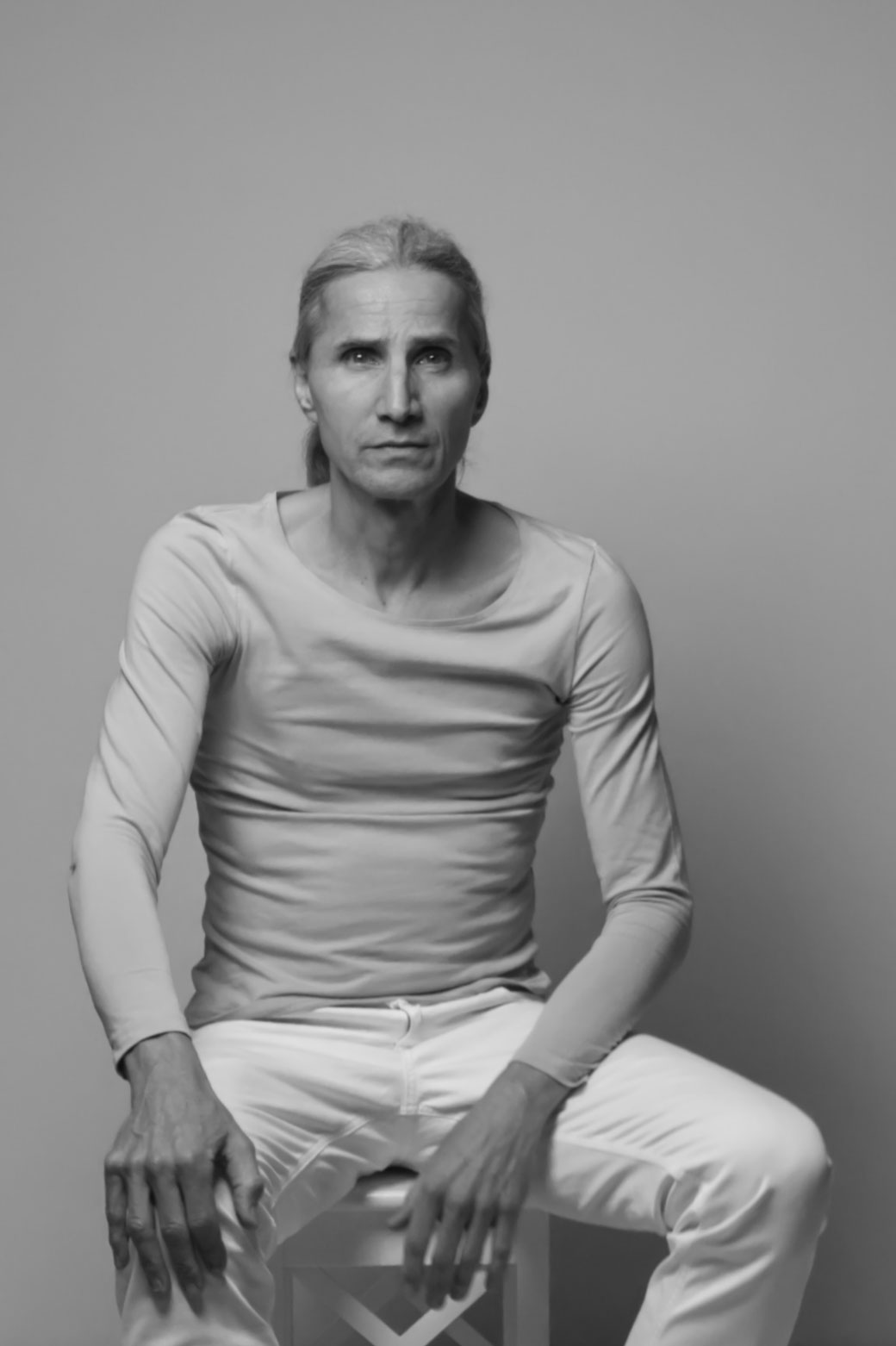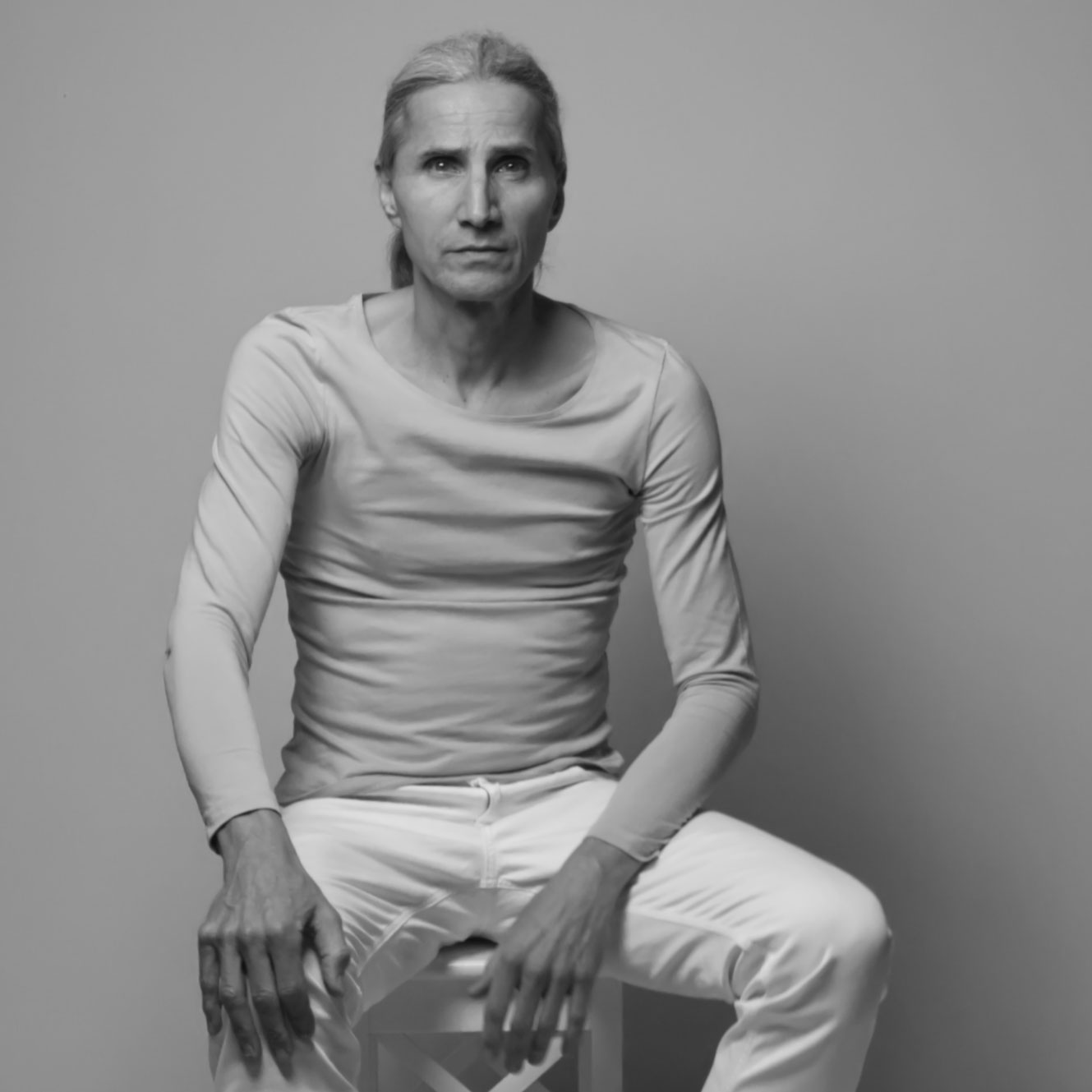
KRAMER FAMILY OF ARTISTS
> www.kramerartists.de
BIO & ABOUT
EN | DE
“Daniel often disrupts lessons, but he draws particularly well”
(comment in primary school report, 1976)
Daniel Kramer, born on April 29, 1966, in Munich, lives and works in Baden-Baden, Munich, and Offenburg. He spent his childhood in Offenburg, where he grew up in a family environment steeped in art: His father was a graphic designer and art director, his great-grandfather, grandfather, and his brother were well-known sculptors and painters, and his two great-great-grandfathers worked as an princely drawing teacher at the Prussian court and as a sculptor in his own altar workshop.
His passion for drawing, painting, and design led him to various forms of artistic expression. In addition to portraits, drawings, acrylic and oil paintings, he also creates sculptures, prints, and individually designed signs and pictograms. His artistic works are characterized by his exploration of applied symbolism relating to creation, transience, and fate, with beauty always at the forefront. The interpretation of his works, in which he expresses real-life themes, is straightforward and purposeful, an expression of acceptance and tolerance as values of a free life.
The viewer is immersed in a puzzle of symbol interpretation with a real connection to the present.
“Daniel often disrupts lessons, but he draws particularly well”
(comment in primary school report, 1976)
Daniel Kramer, born on April 29, 1966, in Munich, lives and works in Baden-Baden, Munich, and Offenburg. He spent his childhood in Offenburg, where he grew up in a family environment steeped in art: His father was a graphic designer and art director, his great-grandfather, grandfather, and his brother were well-known sculptors and painters, and his two great-great-grandfathers worked as an princely drawing teacher at the Prussian court and as a sculptor in his own altar workshop.
His passion for drawing, painting, and design led him to various forms of artistic expression. In addition to portraits, drawings, acrylic and oil paintings, he also creates sculptures, prints, and individually designed signs and pictograms. His artistic works are characterized by his exploration of applied symbolism relating to creation, transience, and fate, with beauty always at the forefront. The interpretation of his works, in which he expresses real-life themes, is straightforward and purposeful, an expression of acceptance and tolerance as values of a free life.
The viewer is immersed in a puzzle of symbol interpretation with a real connection to the present.
KRAMER FAMILY OF ARTISTS
> www.kramerartists.de
